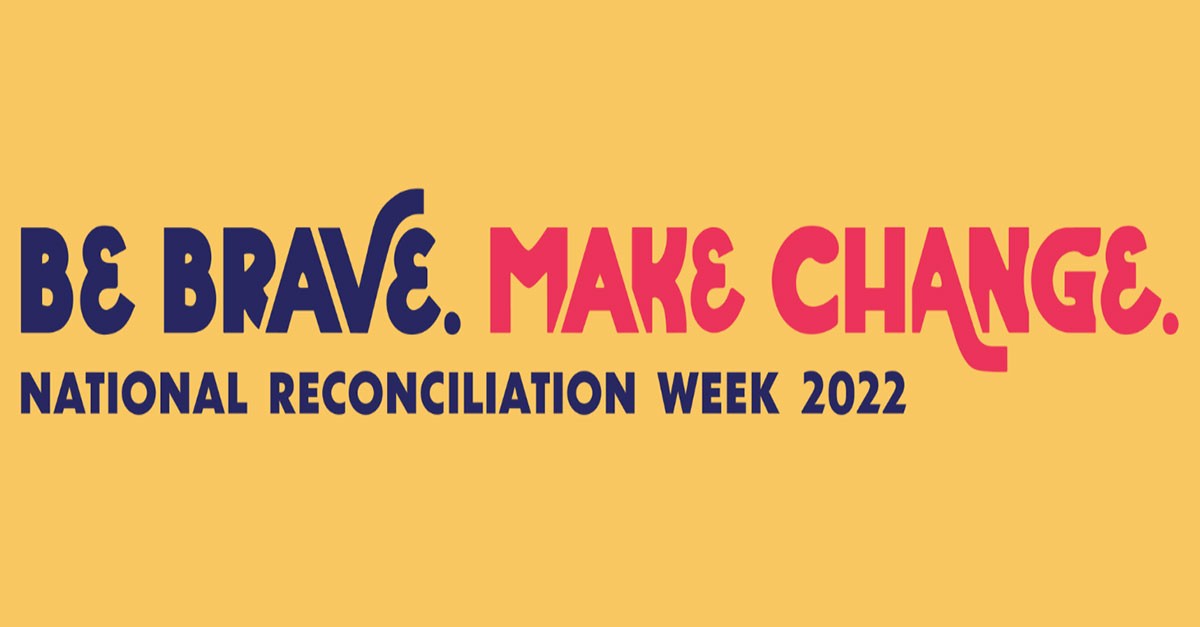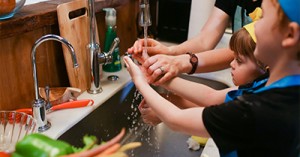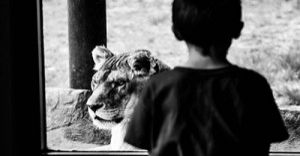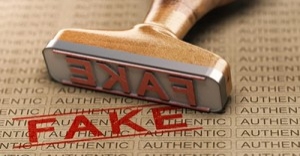From 27 May to 3 June National Reconciliation Week is a time for all Australians to engage in shared histories and cultures, and understand how we can all work towards reconciliation. The following article provides Curriculum Ideas To Implement during National Reconciliation Week.
About
Reconciliation is a journey for all Australians—as individuals, families, communities, organisations and importantly, as a nation. At the heart of this journey are relationships between the broader Australian community and Aboriginal and Torres Strait Islander peoples.
Reconciliation is also an education process and the key to positive change. Aboriginal and Torres Strait Islander histories and cultures should form a crucial part of the curriculum and provide the opportunity for all children to gain an understanding of First Nations cultures, traditions, and stories. No matter how young or what kind of background, children can begin to engage in learning more through impactful stories created by First Nations people.
Theme
The theme of the National Reconciliation week, 2025 is "Bridging Now To Next".
Bridging Now to Next urges us to look ahead and continue the push forward as past lessons guide us.
At a time when Australia faces uncertainty in its reconciliation journey, this theme calls on all Australians to step forward together, building a more united and respectful nation.
For more information: National Reconciliation Week 2025
Curriculum Ideas To Implement
- Acknowledging the Country daily by focusing on ‘the history that children have had on this country, and relating the history of the land to the experiences of children.
- Children's Acknowledgement of Country - Incorporating a daily Acknowledgement of Country is important because it encourages children to engage with diversity and respect.
- Exploring literacy and storytelling by telling Dreaming stories.
- Embedding modern Aboriginal and Torres Strait Islander music and arts to achieve learning outcomes in the program.
- Block Play - with small Australian animals, deserts and billabongs, linking with storytelling and music and movement.
- Cooking and Food-related Experiences: using indigenous and/or native ingredients, finding and tasting ‘bush tucker’ in collaboration with local Aboriginal and Torres Strait Islander people.
- Dolls and Props - having dolls with a range of skin colours and features, and using traditional baby carriers (coolamons) and other culturally relevant items.
- Family Histories - talking with children about where they come from, who they are connected to, who the members of their families are. Using questions such as these along with maps can assist in showing family connections to other countries and places. Part of this exploration can be about Aboriginal and Torres Strait Islander people’s connections to their Land and their Country, tribal groups and Nations.
- Games - traditional Aboriginal and Torres Strait Islander games or games involving Australian animals.
- Language - using words in local Aboriginal languages for greetings, finding out the aboriginal names of Australian animals, plants, body parts and other terms children understand. Be sure that you use a reliable source of information for these words, for example, the local cooperative or local families. As you would do with all children, ask Aboriginal and Torres Strait Islander children’s families about words they commonly use at home so that you could include them at your ECEC service or school, and so that you have a better understanding of the words the children might use.
- Movement Experiences - learning some traditional and contemporary Aboriginal dance movements, for example, those that are based on Australian animals, and creating new movements.
- Music Experiences - listening and responding to traditional and contemporary Aboriginal and Torres Strait Islander music or making and using clapping sticks. Remember that traditionally only males are allowed to play or even handle didgeridoos.
- Nature-related Experiences - planting trees or other plants indigenous to your area using advice from an Aboriginal Elder or Leader from the local cooperative or exploring indigenous plants in the area; gathering natural materials such as pods, leaves, bark, flowers and seeds and sorting and classifying them.
- Puzzles - sourcing and using puzzles that have diverse images of Aboriginal and Torres Strait Islander cultures, people and animals.
- Visitors - inviting Aboriginal and Torres Strait Islander dancers, musicians or storytellers or those in the community with other talents and interests to share these with the children. It is critically important to involve Aboriginal and Torres Strait Islander people in ways that go beyond sharing a traditional culture. It is important for children and families to learn about the various ways that Aboriginal and Torres Strait Islander people contribute to the community.
- Visual Arts Experiences: using natural materials such as ochre and nature colours for painting and drawing; discussing Aboriginal and Torres Strait Islander art by different artists and identifying styles, symbols and stories.
- Bush Tucker - The Bush Tucker Posters detail information on the nutrition bush tucker foods provides to the Aboriginal people. These posters can be used as a display to start conversations with children on bush tucker.
- Aboriginal Posters - The Aboriginal Posters provide a variety of images of the Indigenous community. These are great to use as a display within the service. They can also be used during group time as a conversation starter with children. There are also 6 Aboriginal Information Posters that include information on Aboriginal culture and customs. This information will help Educators and Children understand why and how things are done within the Aboriginal community.
- Aboriginal Symbols Flashcards - Aboriginal Symbols are a symbolic language that Indigenous Australians use to tell stories of the Dreamtime and are used in contemporary art. Using these aboriginal symbol flashcards, children can be introduced to Indigenous Culture. These flashcards can be used in numerous ways to extend children's knowledge.
- Australian Dot Colouring - The Australian Dot Colouring provides 8 Australian animals on a background of dots. Children can make patterns using different colour paints, textas, crayons, cotton swabs etc. Originally, indigenous people of Australia used dots to disguise the sacred meanings behind the stories in the paintings. They drew designs that included dots on the soil, and sand, and made body paintings for ceremonies because they could easily erase them as they were considered sacred.
Art and Craft Experiences
- Aboriginal Flag Handprints - The Aboriginal flag is very important to Aboriginal people all over Australia. It has been flown since the 1960s. When looking at the Aboriginal flag, there are three colours. The top half is black and represents Aboriginal people from all over Australia. The bottom half is red and represents the land Our Mother Earth. The yellow circle in the middle of both colours represents the sun - the constant giver of life.
- Aboriginal and Torres Strait Islander Flags - This is a favourite activity for helping children to learn about the colours and meaning of the Aboriginal and Torres Strait Islander flags.
- Basket Weaving - Aboriginal and Torres Strait Islander people weave natural materials such as long grasses, vines, plant fibres, bark, hair, fur and feathers.
- Jewellery Making - Aboriginal and Torres Strait Islander People make jewellery out of natural materials, such as seeds, beans, bones, feathers and shells.
- Animal Tracking - Learn to make animal tracks with your fingers.
- Clap Sticks - Clap sticks are also known as music sticks or tapping sticks. They are made of various woods and decorated with burnt wire markings or paintings.
- Environmental Plate - These environmental plates are great when telling Dreaming stories.
- Weaving On Cardboard - Aboriginal and Torres Strait Islander People weave natural materials such as vines, bark, hair, fur and feathers.
- Weaving On A Branch - Aboriginal and Torres Strait Islander people weave natural materials such as long grasses, vines, plant fibres, bark, hair, fur and feathers.
- Nature Bracelet - Aboriginal and Torres Strait Islander women spend many hours gathering natural materials such as seeds, nuts, shells and flowers from the bush to make traditional jewellery.
For more details on the activities above: ATSI Craft Activities For Children
Learn ATSI Songs and Rhymes
-
Inanay - A Torres Strait Islander song about a goanna in Yorta Yorta, a language of one of Torres Strait Islander tribe in Victoria.
-
Taba Naba- This song is about going to the reef and is accompanied by a sit-down dance where the dancers perform traditional movements corresponding to the lyrics.
-
Pitjantjatjara 123 - Learn to count to 3 in Pitjantjatjara with this simple song. A dialect of the Western Desert Language, the largest language group of Aboriginal Australia.
Further Reading
Recognising and including Aboriginal and Torres Strait Islander peoples and cultures forms the bedrock of not only reconciliation but of the broader process to foster respect for diversity and cultural competence. Here are some practical steps that educators can take to bring about deeper reconciliation and inclusion in service goals and practices: Practical Steps For Including Aboriginal and Torres Strait Islander Cultures and People Within An Early Childhood Service
Walking Together, developed by the Victorian Aboriginal Education Association, is free inclusion support and protocol resource for early childhood services. It provides a starting point that focuses on culturally appropriate and inclusive practices in welcoming ATSI families and children, increasing knowledge and understanding of ATSI histories, cultures etc. and contributes to reconciliation and countering racism and prejudice of all kinds that affect ATSI people.
Aboriginal and Torres Strait Islander people's cultures are valued and significant in Australia and it's essential for educators to help children understand the history, culture and lives of the Aboriginal and Torres Strait Islander communities. For more information: Including Aboriginal and Torres Strait Islander Cultures In Your Service
For more: Curriculum Resources
References:
Including Aboriginal and Torres Strait Islander Cultures In Your Service, Aussie Childcare Network
National Aboriginal and Torres Strait Islander Children's Day On 4 August, Aussie Childcare Network







 A leading not-for-profit childcare provider has raised concerns about proposed safety regulations in the early childhood sector, cautioning that while well-intentioned, the new rules could
A leading not-for-profit childcare provider has raised concerns about proposed safety regulations in the early childhood sector, cautioning that while well-intentioned, the new rules could WARNING—DISTRESSING CONTENT: A chilling investigation by ABC’s Four Corners has uncovered how paedophiles are using the dark web to share detailed strategies for infiltrating childcare
WARNING—DISTRESSING CONTENT: A chilling investigation by ABC’s Four Corners has uncovered how paedophiles are using the dark web to share detailed strategies for infiltrating childcare In the heart of every early childhood service is a director, someone who balances compliance with compassion, strategy with soul, and leadership with deep relational
In the heart of every early childhood service is a director, someone who balances compliance with compassion, strategy with soul, and leadership with deep relational A childcare provider operating out of Floreat Park Primary School has been fined $28,000 following a serious lapse in supervision during a zoo excursion that
A childcare provider operating out of Floreat Park Primary School has been fined $28,000 following a serious lapse in supervision during a zoo excursion that In recent years, the early childhood education and care sector has faced a troubling rise in fraudulent qualifications, a threat not only to professional integrity
In recent years, the early childhood education and care sector has faced a troubling rise in fraudulent qualifications, a threat not only to professional integrity